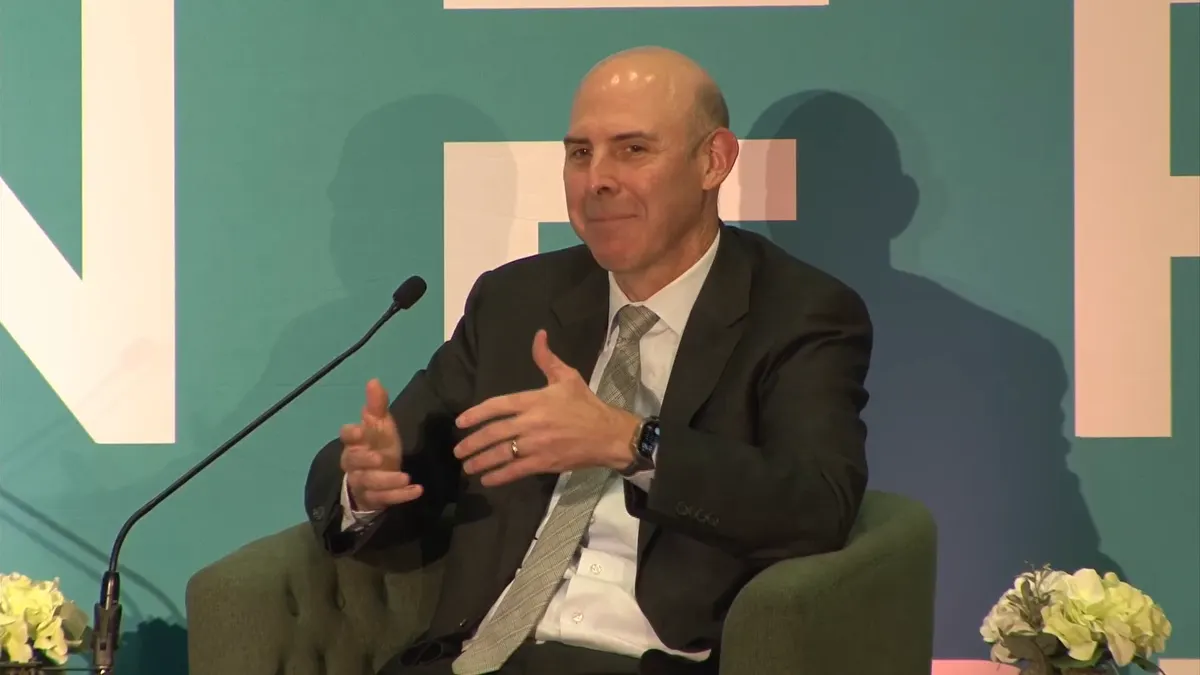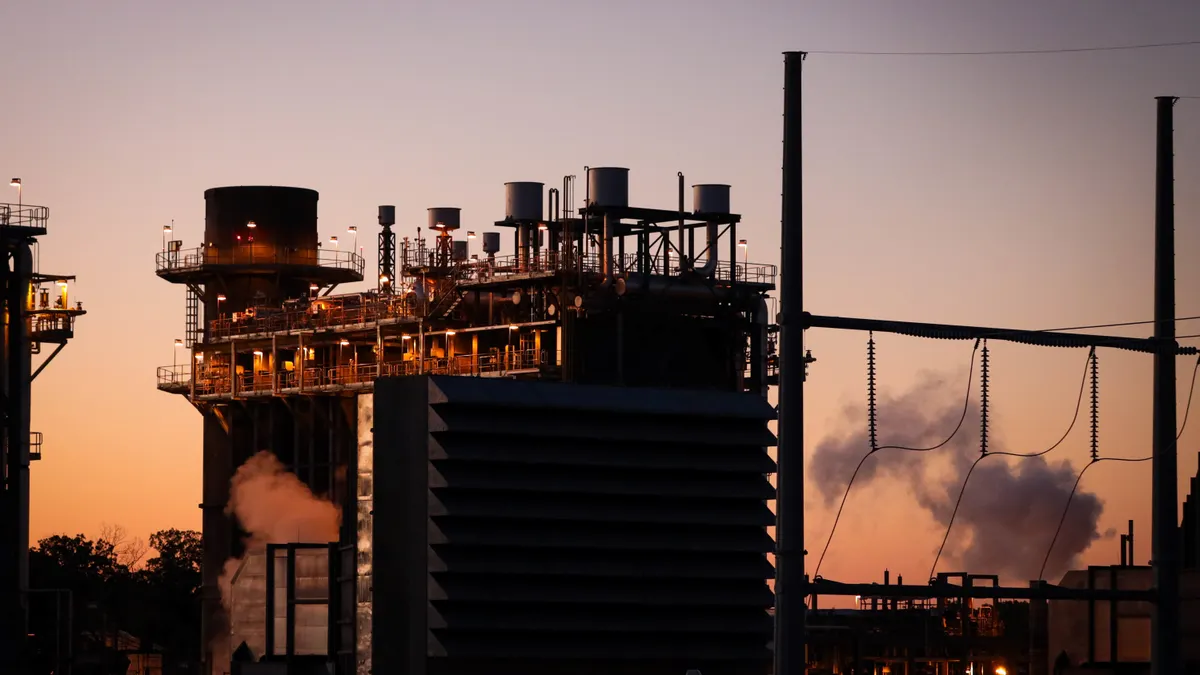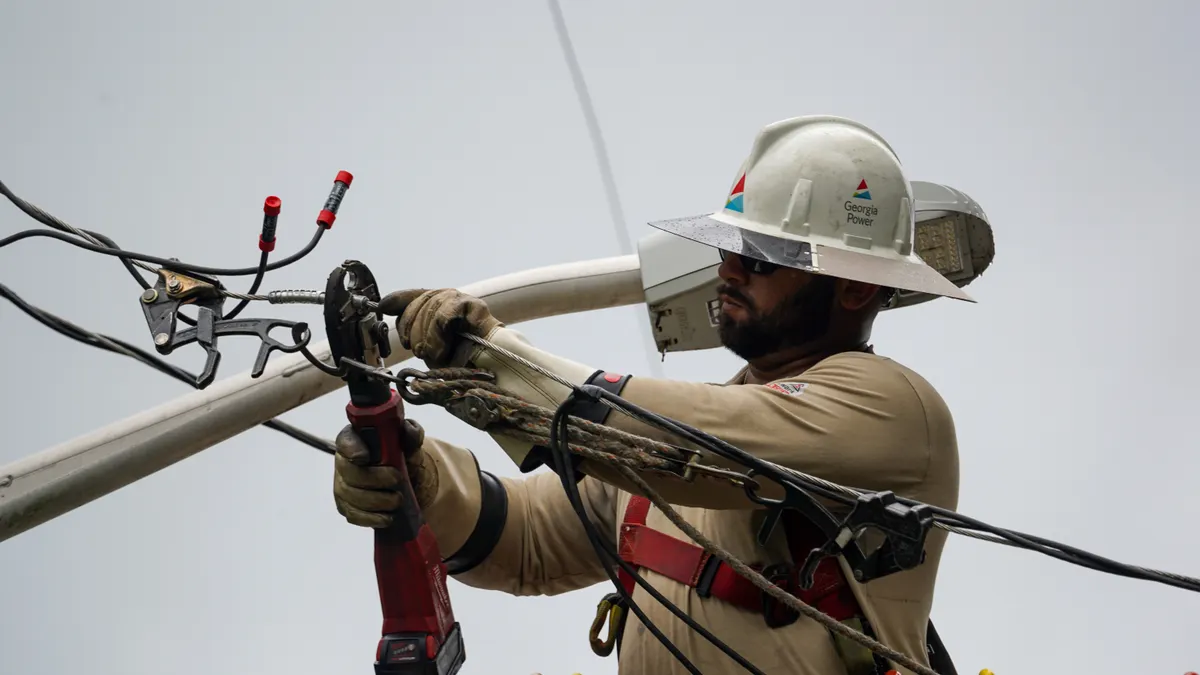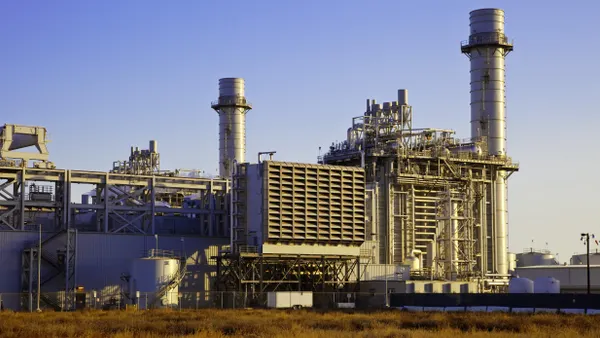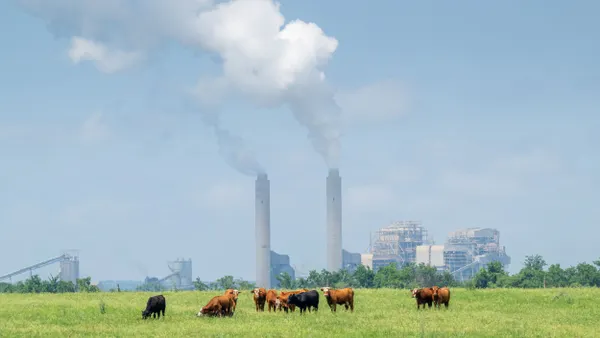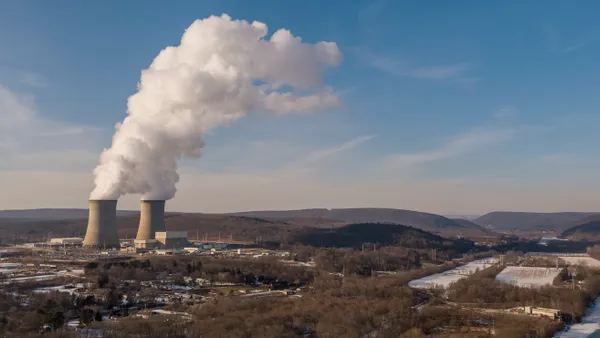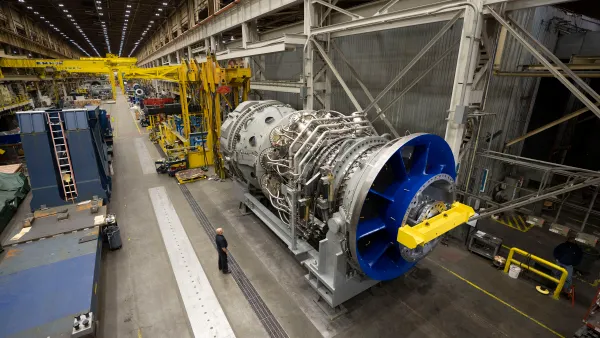Entergy expects its industrial electric sales will grow by about 13% per year for the next few years, driven by data centers coming online in its service territory, Drew Marsh, Entergy chairman and CEO, said Wednesday at an energy forum hosted by Tulane University.
In recent years, Entergy’s industrial sales have spurred roughly 5% annual sales growth, according to Marsh. Ultimately, New Orleans-based Entergy’s sales could triple or quadruple by 2050, he said.
Meta plans to build a data center complex in Louisiana’s Richland Parish with an initial 2 GW of “compute,” which doesn’t include electricity for cooling and ancillary services, Marsh said. Entergy has agreed to build roughly 2 GW of gas-fired, combined cycle generation to serve the data center’s initial phase, at a cost of about $2 billion, he noted.
Under the plan approved Aug. 20 by the Louisiana Public Service Commission, Entergy Louisiana will build two generating in Richland Parish, which the company expects will be online in late 2028. A third facility will be built at the utility’s Waterford site in St. Charles Parish, which Entergy expects will be operating a year later. The power plants will total 2,262 MW and will be built to handle future carbon capture and sequestration technology, according to the company.
Meta’s data center complext could be expanded to 5 GW and Entergy may add up to 2 GW of solar to support it, Marsh said.
Meta will pay for the new generation and transmission upgrades needed to bring the data center online as well as its ongoing share of Entergy’s costs, according to Marsh. Those upgrades will boost grid reliability in the area, he said.
Entergy’s utilities serve about 3 million customers in Arkansas, Louisiana, Mississippi and Texas.
The additional gas-fired generation for the Meta data center project will make it challenging for Entergy to meet its goal of cutting its carbon dioxide emissions by 50% below 2000 levels by 2030, Marsh said. However, Marsh expects Entergy will be able to meet its goal of being carbon neutral by 2050, noting that Meta has agreed to explore carbon capture and storage options for the gas-fired capacity.
Entergy is “very focused” on sustainability, “but by and large, the world is not focused on sustainability — less so today than it was two years ago, to be sure,” Marsh said.
Marsh said he expects interest in sustainability will swing back around. “These are things that cycle around, and certainly younger generations have a very different expectation of what that should be, and I expect that over time, sustainability is going to move up in that pecking order,” Marsh said.
Currently, Entergy’s top priority is electricity affordability, followed closely by reliability and resilience, according to Marsh.
The United States needs more nuclear power plants and must retain its existing ones, said Marsh, who noted he is chair of the Nuclear Energy Institute.
However, building nuclear power plants is “a little bit of a challenge," Marsh said, noting that the two new units at the Vogtle power plant in Georgia cost about $30 billion, up from an $8 billion initial estimate, and were about seven years behind schedule. “That’s not ideal.”
While nuclear safety is “very important,” it’s been “overdone” by the Nuclear Regulatory Commission, according to Marsh. As a result, using equipment that meets certain NRC standards can be extremely expensive and time consuming to acquire, he said.
Marsh called for “a more truly risk-based standard that is not so stringent.”
Marsh said he supports emerging small modular reactor technology, but that its name may lead to misconceptions. “They're not necessarily small and they're not necessarily modular,” he said.
Ontario Power Generation’s SMR project, for example, required a 10-story hole in the ground, according to Marsh.
“That is significant onsite work,” Marsh said. “So you hear a small modular reactor, and you think, ‘Oh, I'm going to kind of roll it in on a truck and drop it off and plug it in.’ That is not the way these things are going to work. These are big, big investments.”
Correction: This story was updated to clarify that Entergy expects industrial sales to grow by 13% a year.



